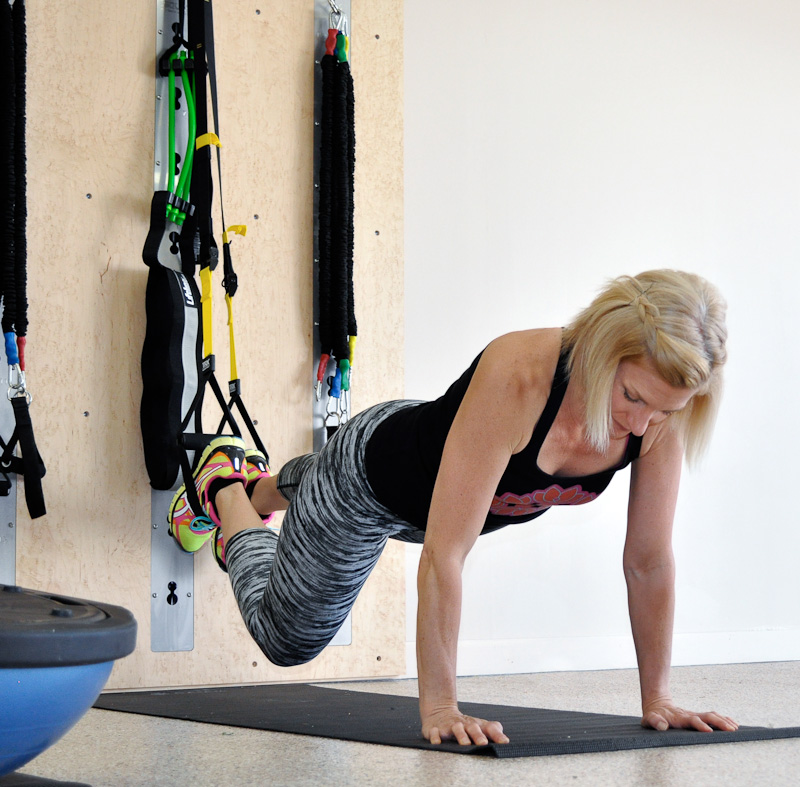Using Isawall And Caloric Intake For Weight Loss Success Part 2

In part 1 of this series I shared with you some of the basic principles necessary for weight loss as they relate to diet. Reducing your caloric intake can be a huge step toward long term weight loss and management, and doing so successfully usually entails some sort of calorie tracking method.
While reducing your caloric intake can bring about weight loss, adding in physical activity can be a huge catalyst to jumpstarting your success. Let’s take a look at how exercising with Isawall in conjunction with a caloric deficit through diet can really accelerate you weight loss goals.
As you may know, when you exercise you utilize calories as the means of energy to perform the tasks you are engaging in. Stored calories used during exercise typically come in the form of stored carbohydrates or stored fat. The type of exercise that you do will determine in large part what kind of stored energy is pulled from, however no one source of energy is ever used exclusively. It is also possible to have the body breakdown muscle as a means of energy, but obviously this is undesirable for most people.
To get the most out of your work on Isawall with respect to burning calories, there are a number of tips that you can employ. Keep in mind that the more attachments you have for Isawall, the more exercise variations will be possible. So let’s take a look at a few tips for maximizing caloric expenditure while using Isawall.
Stick To Multi-Joint Exercises
Multi-Joint exercises require movement at two or more joints. Examples would be squats, lunges, pushups, dips, and chin-ups. Generally speaking, the more joints involved, the more muscles are involved, and hence the more demanding the exercise is. If you are looking to increase your energy expenditure, doing something like a chin-up will demand more energy than doing some standing resistance band curls.
Focus On Body Mass Exercises
Body mass exercises are more demanding across the board than working with machines, resistance bands, or even free weight exercises from the prone or supine position. Moving your own body-mass against gravity requires a great deal of work, and such exercises are noticeably more difficult than their machine counterparts.
Reduce Time Between Exercises
Rather than resting in between exercises, it’s good to try to move from one exercise to the next. This will keep your heartrate up and your body burning calories as it is forced to perform one task after another. Keep in mind that this sort of workout is more demanding, so you may need to build up to it rather than start out with this right away. Additionally, you could do such a workout early on but reduce the intensity and difficulty of the exercises so as to make it more feasible.
Incorporate Bouts Of Aerobic With Resistance
One excellent way to increase caloric expenditure is to incorporate aerobic work in between sets of resistance training. This will take your body more into an aerobic state and is a great fat burning tool. There are a number of aerobic exercises that can be done on Isawall such as boxing drills, plyometric exercises, suspension training mountain climbers, and more. These sorts of workouts where you alternate between resistance training and aerobic work can be a great way of burning a lot of calories in a short amount of time, helping to supercharge your weight loss.
Consider Utilizing A Calorie Counter
There are many great tools and devices on the market today that can track your caloric expenditure as you exercise. I am personally a fan of those where you wear a heartrate monitor that connects to another device. The reason for this is that such devices tend to be much more accurate in their calorie estimations because the number is tied directly to your heartrate. There are many great devices that can be found at a reasonable price, and these tools can be invaluable for weight loss.
Putting It all Together
Implementing the tips mentioned here should help you to increase your caloric expenditure utilizing Isawall. By using a device that estimates your caloric expenditure, set goals for how many calories you want to burn per day, or average per week. If you average 250 calories a day of caloric expenditure, and combine that with the 250 caloric deficit I mentioned in part 1 of this series, you will average one pound a week of actual fat loss.
Putting a caloric deficit and regular caloric expenditure together is the most tried and true means of reducing weight effectively and keeping it off. It’s possible to lose weight doing just one method or the other, but if you put both together you will be amazed at the results. Consider implementing these methods for maximal results.

Paul Owens is a personal trainer in the Cleveland area. He is a Certified Personal Trainer through the National Strength and Conditioning Association, and the National Council on Strength and fitness. He is also a Corrective Exercise Specialist through the National Academy of Sports Medicine. He can be reached at http://www.clevelandpersonaltraining.com





